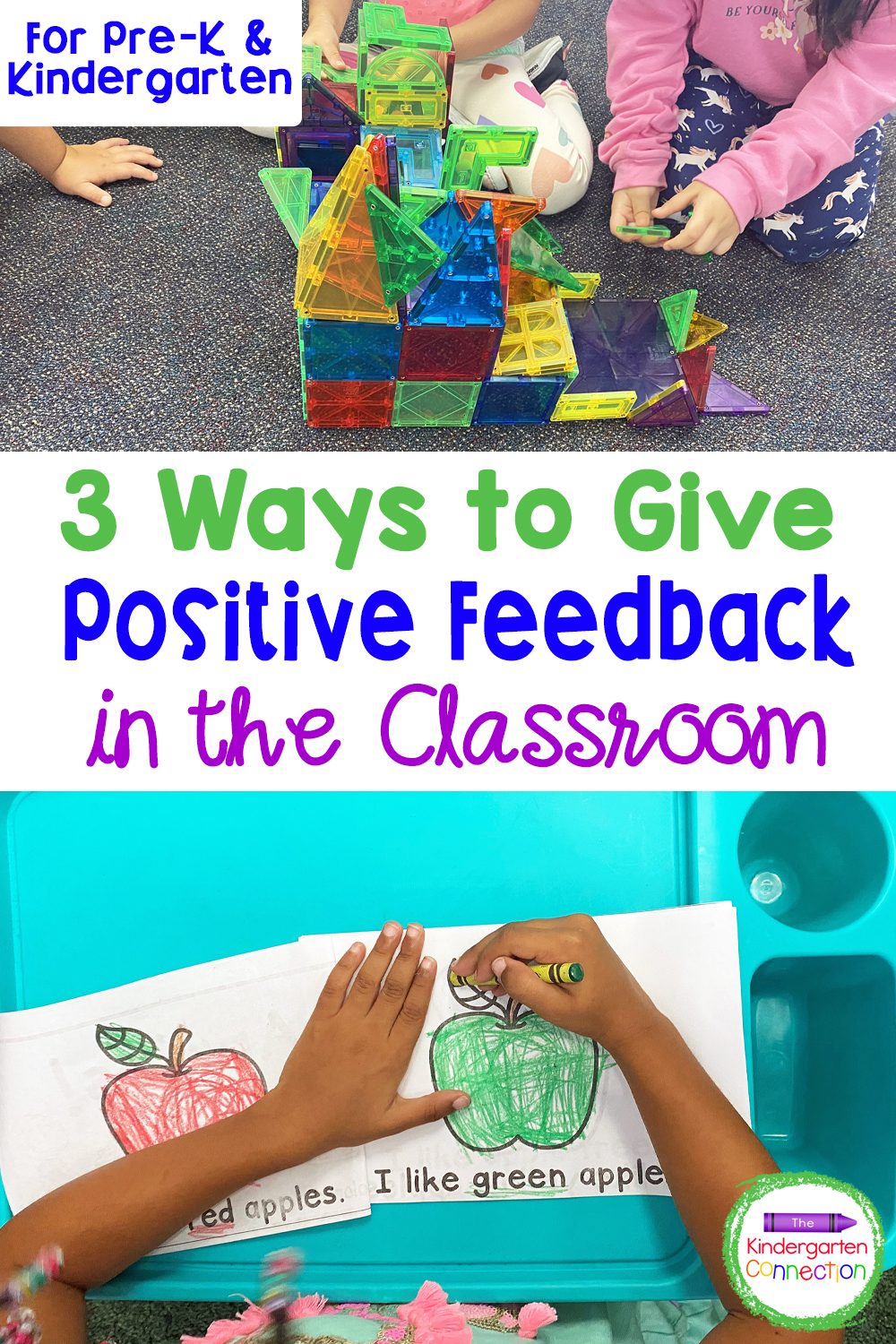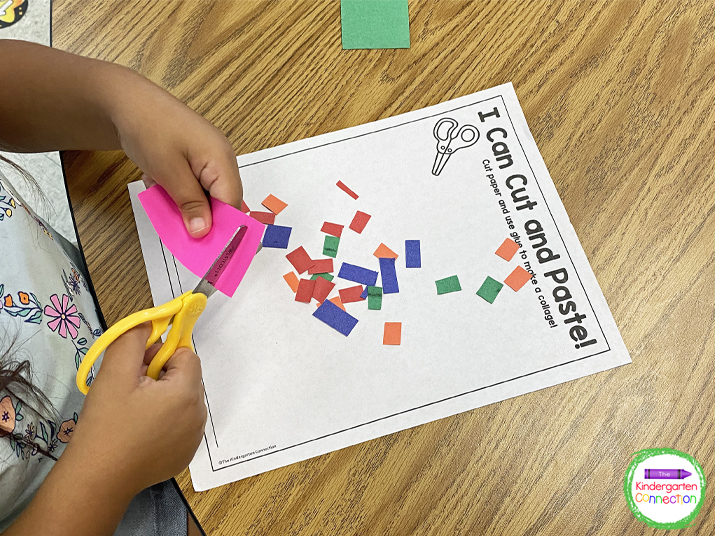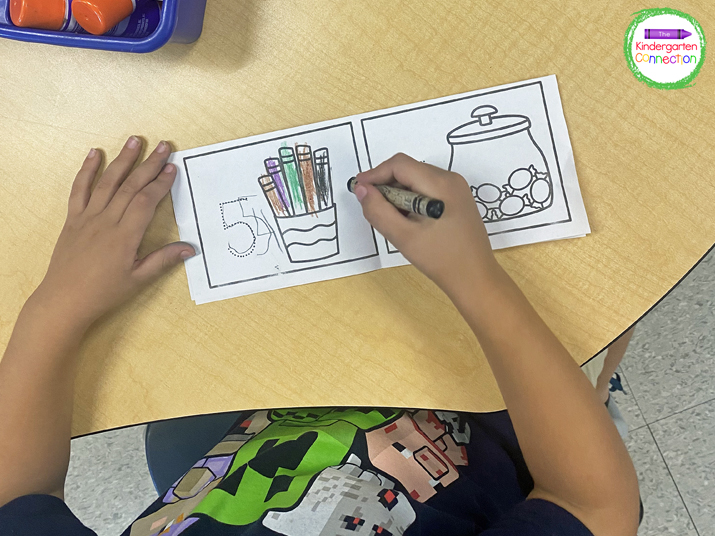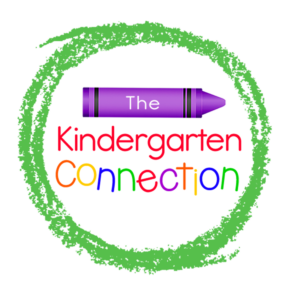Telling our students, “Good job!” is not a bad thing – it just isn’t that specific and can often be overused. So, why not change it up now and then? Today I want to share a few alternatives to try with your students to give more specific feedback. They will love hearing it and your words will have more meaning. Keep reading to find out 3 ways to give positive feedback in the classroom, beyond saying “Good Job!”
*For even more teacher tips and how to create a playful learning environment in your classroom, be sure to join us in P.L.A.Y. (Playful Learning All Year)!

“Good job” is not a bad phrase (that’s not at all what I am saying!). But I have a few go-to alternatives that call out specifics or ask kids to expand a bit and build up some conversations about their hard work.
Whether we are acknowledging independent work or complimenting our students as they work in groups, when we use phrases other than just a standard “Good job!”, we are letting them know that we are interested in what they are working on. This is a great way to establish a relationship with them, as well as begin to build critical thinking skills in our students.
Check out some of my favorite ways to give positive feedback in the classroom!

1, “Wow! I can see you worked really hard on that!”
This phrase takes note of the effort and hard work students put into their work. It helps establish a sense of reflection and pride.
2. “Can you tell me more about it?”
Asking your students to explain more about what they did allows you to gain an even deeper understanding of their thinking.
3. “Look at the green and blue you used!”
Calling out the colors of materials they used opens up conversation and can tie in more academic language.

So the next time you are walking around and looking at what your students are working on, try to use one of the phrases above. I bet you and your students will enjoy where the conversation leads you!
(even if you “aren’t allowed to play”)
If you’re wanting to incorporate playful learning, free-flowing centers, effective routines, and more in your Pre-K or Kindergarten classroom, then you’ll definitely want to join us in P.L.A.Y. (Playful Learning All Year)!
This course is a deep dive into practical ways that you can create a playful learning environment in your classroom. Be sure to request an invitation so you’re the first to hear when the virtual doors open!
